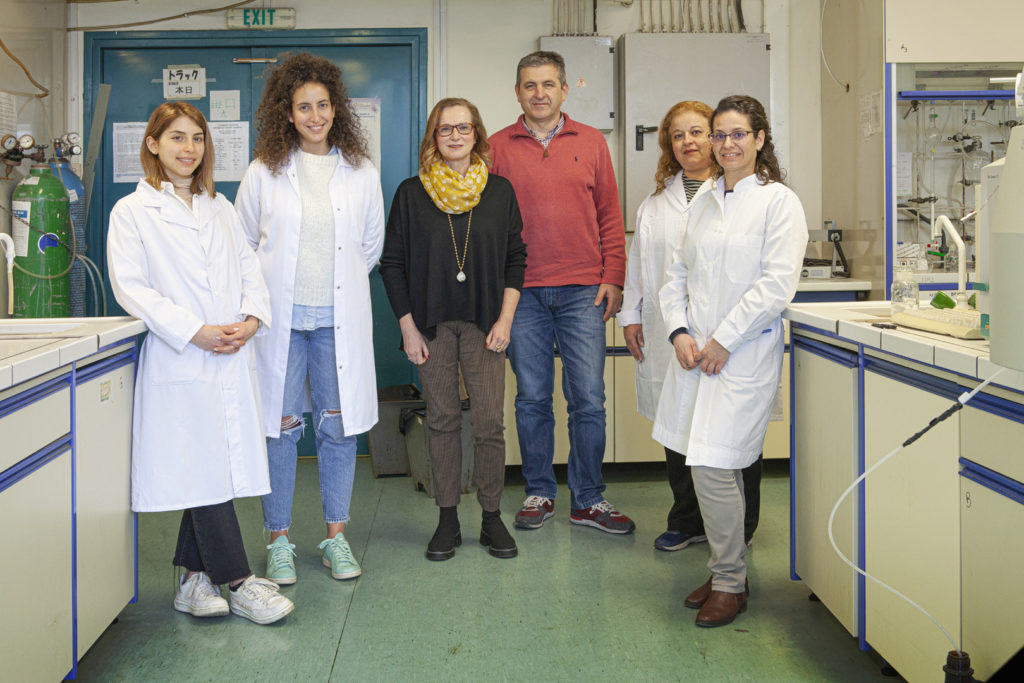ABOUT
Toxins from cyanobacteria (cyanotoxins, CTs) are nowadays considered as major threats for water quality, public health and aquatic ecosystems. Apart from CTs there is a plethora of bioactive compounds such as cyanopeptides that are also produced as secondary metabolites from cyanobacteria while studies focusing on their occurrence and fate in the environment are missing. The multitude of compounds and the lack of commercially reference materials present research challenges.
The main objectives of our group in the area of environmental analytical chemistry are focused on (a) the development of advanced analytical procedures for the identification of multi-class CTs and cyanopeptides, (b) the generation of analytical fingerprints (MS spectral library) that will facilitate future studies of the research community, (c) the understanding of their fate in the aquatic environment and the identification of structure of their transformation products (TPs), d) the assessment of cyanobacterial metabolites bioactivity as well as of their TPs with a set of in vitro assays.
To overcome the challenges, an integrated approach with innovative workflows, instrumentation of technological peak (HRMS and tandem MS) and valid methods are used. The increasing occurrence of such emerging pollutants has recharged the interest in Advanced Oxidation Processes (AOPs) that are commonly based on the generation of Reactive Oxygen Species (ROS), as alternatives for water treatment. Large knowledge gaps exist with regard to ROS-driven reaction pathways and transformation products (TPs) of CTs and water taste and odor compounds (T&O), which also produced from cyanobacteria and can degrade water quality. Another main objective of our group is to elucidate the primary molecular-level interactions and reaction mechanisms of ROS with less-studied CTs/T&O that represent a range of chemical groups, toxicity modes and sensory characteristics.
The project focuses mainly on homogenous AOPs that are promising for real applications: UV photolysis, UV/Cl2 and sonolysis as well as on photocatalysis where our group has long experience. The research adopts an integrated innovative approach and will constitute the first study to evaluate multiple AOPs for a range of CTs/T&O at environmentally relevant concentrations in real drinking water. A set of advanced analytical workflows including LC-HRMS, LC-MS/MS, GC-MS/MS, GC-MS-Olfactometry and sensory analysis is applied for the monitoring of target compounds and their TPs. Electron Paramagnetic Resonance (EPR) technique is also applied to study the primary reactive species under various experimental conditions. Furthermore, steady-state γ-radiolysis is used as a new tool to study ROS and their reaction pathways with CTs/T&O. This research is expected to have major impacts on basic research, public health, environmental protection, implementation of EU policies and on the water technological sector.
